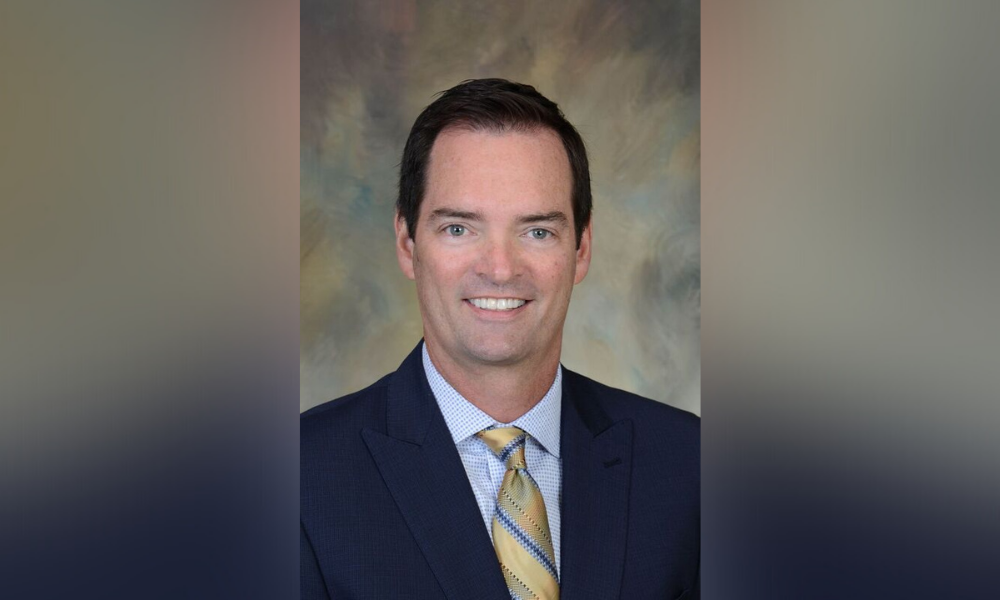Executive vice president urges brokers to diversify amid threat of margin compression

The Federal Housing Finance Agency’s (FHFA’s) decision to hike fees for second home and high-balance mortgage loans should serve as a warning to originators who haven’t yet added non-QM lending to their pipelines, Tom Hutchens (pictured), the executive vice president of production at Angel Oak Mortgage Solutions, has said.
In January, the FHFA announced that as from April 01 it would be increasing the upfront fees that Fannie Mae and Freddie Mac charge for second home and high-balance mortgage loans that exceed standard conforming loan limits.
In a move criticized by the National Association of Home Builders (NAHB), the fees will result in significant increases in the purchase cost of a second home, estimated to be between 1.1% and more than 3.8%.
In a statement, the NAHB said that “the buyer of a second home with a $300,000 mortgage loan amount and loan-to-value ratio of 65% will pay an additional fee of $4,875 if their mortgage is acquired by Fannie Mae or Freddie Mac”.
Read more: Five-step guide for success in non-QM
Hutchens said the FHFA’s decision showed the importance of having non-QM as part of an originator’s list of products, pointing out that the aim of government-sponsored agencies was to expand homeownership and not to cater for the borrower “buying the beach or mountain house, or buying jumbo loans” for additional properties.
However, there was enough evidence to support the view that private capital markets could absorb these types of borrowers and properties.
He said: “Any originator that is not working with a non-QM non-agency lender representing private capital is going to be at a disadvantage.
“Every lender needs to have private capital partners in order to weather changes. If you want to get an agency loan, I can go on my computer right now and get five lenders to give me a rate within seconds - everyone does that - but for non-QM if I’m a self-employed borrower, I probably can’t, I’ve got to work with somebody.
“It’s just a different process. It is not full automation, ‘click button, get mortgage’. That is not how non-QM works, which is an advantage for those that are doing it. Second homes have been a big part of the market over the last few years, so if you’re not competitive in what you offer, it’s going to hurt your business.”
Hutchens made the comments following another positive month for Angel Oak, having funded $480 million in non-QM in December.
It marked a fitting end to a record year for the Atlanta-based company. The company recently announced it originated $3.9 billion in non-QM volume while reaching a milestone in July, when it hit $10 billion in total non-QM funding since the company’s founding in 2013.
Read more: CEO reveals the future of brokers’ pipelines
“A self-employed borrower who has significant tax write offs is not as concerned if they have to pay an extra half a point in rate. Would they rather pay thousands and thousands of more dollars in taxes? I think we all know the answer to that one,” he remarked.
With rising interest rates and inflation threatening to put the brakes on growth, refinance loans are expected to be one of the first ‘casualties’ in the mortgage space, with demand predicted to fall by as much as 62% this year.
Margin compression will also lead to reduced profit margins, fewer loans and a more competitive housing market, Hutchens added.
“That’s a tough environment and non-QM is not going to replace that 60% of agency volume, but it’s going to help lessen the blow - it’s all about diversification,” he stressed.
With the non-QM market’s potential estimated by Hutchens to be as high as $250 billion annually (“there’s a big growth curve ahead”), the impact would be significant.
“As a lender you’ve got to be in on it, based on what we’re seeing and the large number of new clients that we’re getting.”



